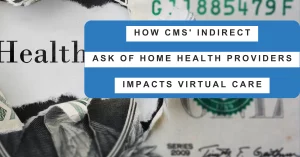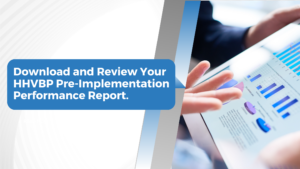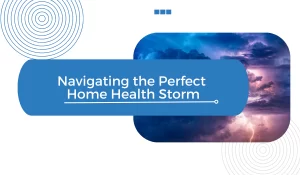
A centralized communication channel is an essential tool for home health providers to effectively manage care and reduce costs.
By implementing a central point of contact for patients and equipping clinical managers and field clinicians with streamlined processes, agencies can improve continuity of care and increase efficiency.
One major challenge that home health agencies face is lack of coordination among stakeholders, which can impede the ability to proactively address routine issues for both patients and clinicians.
A solution to this problem is to have one central number for patients to receive calls from and call when in need of help. This ensures that all patient contact is directed through a single point of contact (the preferred phone number), rather than through multiple channels (various different phone numbers), making it easier to prevent unnecessary trips to the emergency room. Furthermore, it allows administrators and clinical managers to more easily evaluate and update internal processes to meet their agency’s needs.
Another challenge is that patients often reach out to clinicians at their personal or work numbers, even when they are not on the clock. By providing patients with a central number that all care team members use, it increases the likelihood that patients will answer calls and confirm scheduled visits, and it improves the chances that patients will contact that number when they need assistance. This eliminates the possibility of patients reaching out to a care team member who is unable to assist because they are with another patient or are off-duty.
In summary, a centralized communication channel solves two problems for home health providers:
- It improves coordination among stakeholders and ensures that patients have a single point of contact for all their needs,
- It allows clinicians to better manage their time and ensure that patients can reach someone when in need of assistance.




